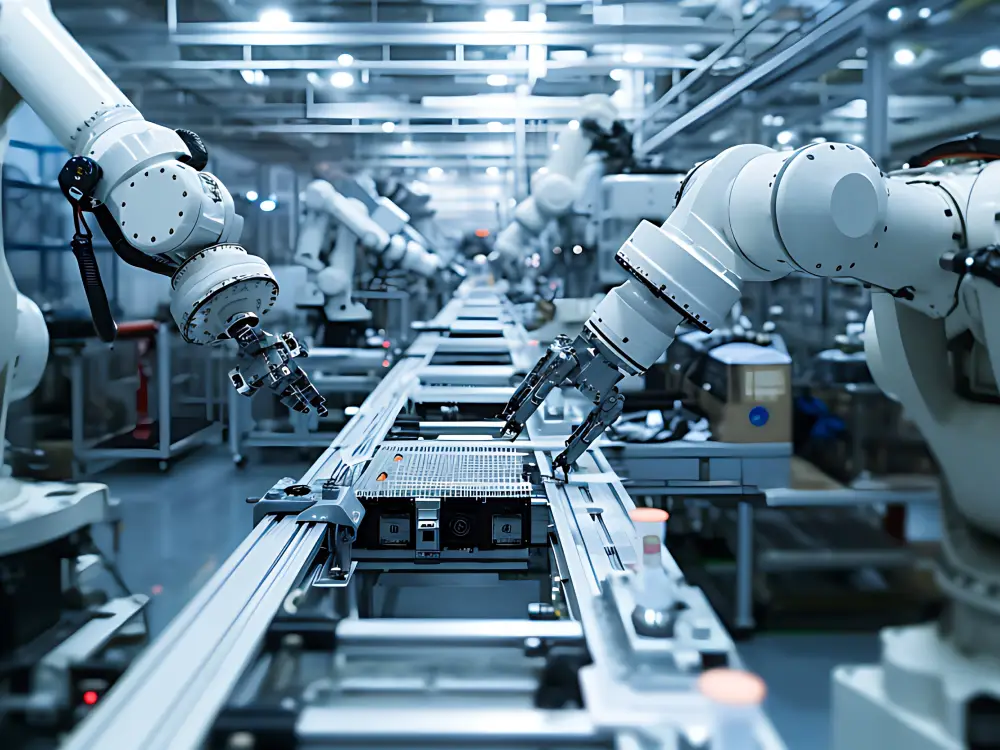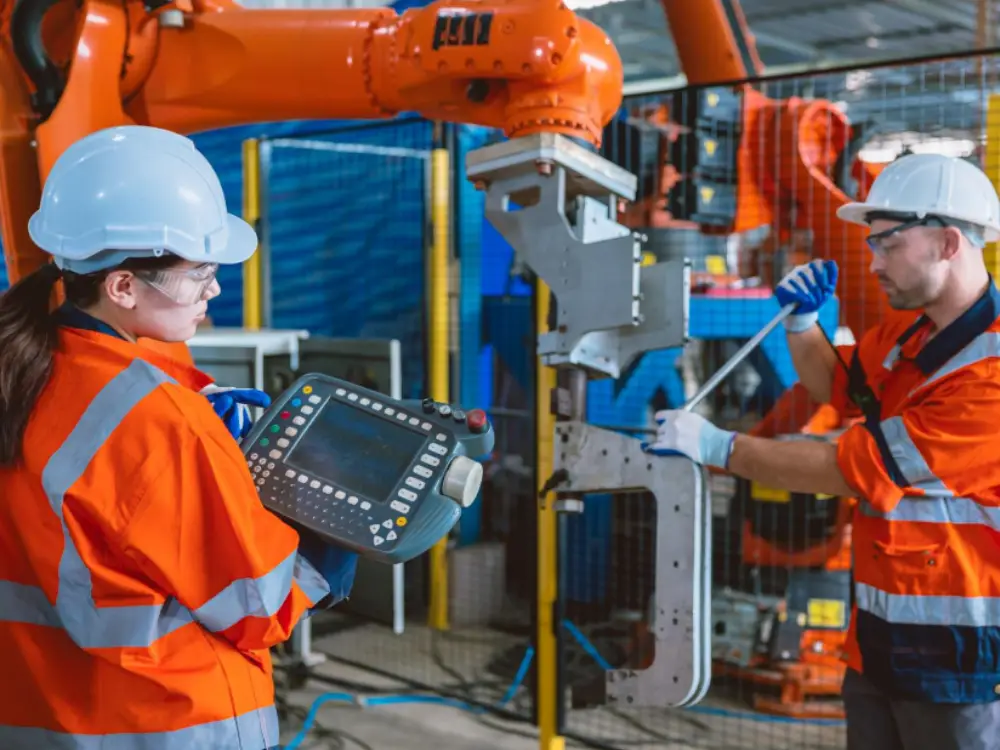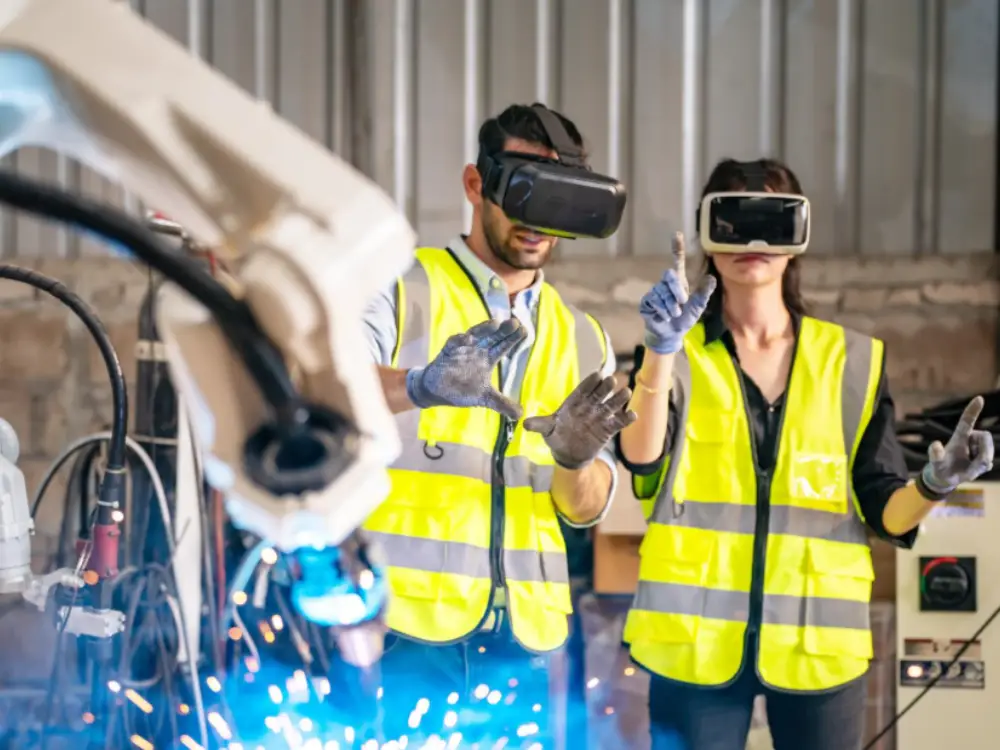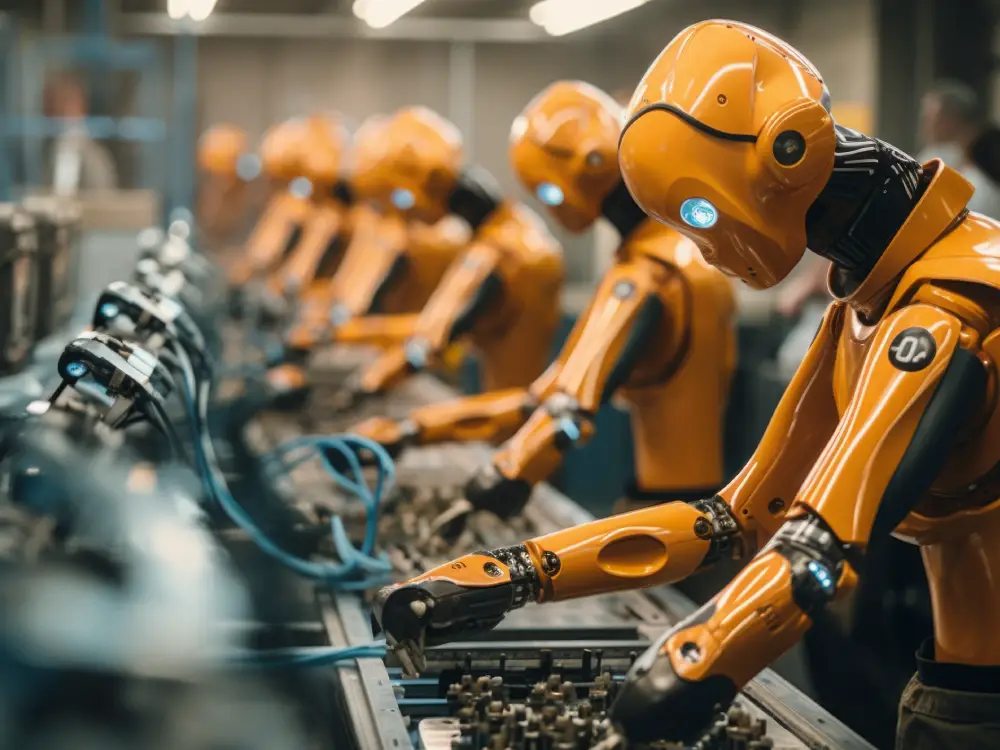Finding answers to problems has always been a part of engineering, but the way we do it now is very different from how we did it ten years ago. Smart factories and self-healing materials are just two examples of how technology is changing the rules of what can be done.
Engineers are using both creativity and digital intelligence to find solutions that are faster, cleaner, and smarter as industries become more complex and connected.
Check out the technologies that will change engineering in the years to come.
AI: The Future’s New Design Helper
Engineers now find AI to be one of their most useful tools. It’s changing the way we design, test, and improve systems.
New AI computer programs can run thousands of “what-ifs” in real time, guess when things will go wrong before they happen, and even suggest ways to improve designs.
This means that decisions are made more quickly, designs are better, and there are fewer surprises during implementation.
AI isn’t replacing engineers; it’s giving them more time to come up with new ideas, plan, and think outside the box.

Digital Twins: A Better Way to Plan for the Future
A digital twin is a computer model of a real system, such as a piece of equipment or a whole factory. It shows all the physical parts, processes, and performance indicators as they happen.
Engineers can use it to test out changes, guess when machines will break down, and make small changes to how things work without stopping production.
It’s like having a real-time control room for your whole system, which cuts down on risk, cost, and downtime.
3D Printing: Turning Ideas into Reality
3D printing, also known as additive manufacturing, is changing how we make things.
Engineers can now use computer models to make whole buildings, complicated parts, and even custom parts.
It takes less time, makes less waste, and lets you design in any way you want. 3D printing is good for the environment and makes things that are very accurate.
IoT: Making Systems More Intelligent
Smart networks that send and receive information all the time connect machines, sensors, and devices through the Internet of Things. Engineers use IoT to keep an eye on how well equipment is working, find problems, and fix them on its own.
Think about a factory where machines “talk” to each other to change how much they make, guess when things will break, and use their time wisely.
That’s what engineering that is connected can do.
Robotics and Automation: Moving with Accuracy
Automation is no longer a luxury in engineering; it’s a need.
Robots and automated systems are making things safer, more accurate, and more productive in a lot of different fields.
These machines do the hard work so that engineers can come up with new ideas.
For instance, unmanned aerial vehicles can map out big construction sites, and robotic arms can put together parts with an accuracy of one millionth of a metre.
Green Engineering: Making the Future Last
Sustainability is at the heart of all the big new ideas these days.
Engineers are coming up with new ways to design things that will use less energy, produce less waste, and produce fewer emissions.
“Green” engineering is proving that you can do a good job and help the environment at the same time.
This includes things like smart grids, renewable energy systems, and products that can be recycled.
AR and VR: Changing How We See Things
Engineers are using augmented reality (AR) and virtual reality (VR) to change how they plan and work together. These interactive tools let teams walk through a plant layout, look at designs, and find problems before construction even starts.
They’re also changing how training and maintenance are done by giving teams real-time information and letting them touch systems that haven’t been built yet.
Smart Materials and Nanotechnology: Small Scale, Big Effect
There is an unseen revolution going on in materials science. Engineers are now using materials that can change, heal themselves, or even react to what is around them.
Nanotechnology can make coatings that don’t rust, materials that help electricity flow better, and batteries that last longer. These technologies are making things that are stronger, lighter, and work better than they ever have before.
Collaboration in the Cloud: Engineering Without Limits
Cloud platforms have made engineering more connected and responsive. They make it easy for teams in different places to work on the same model, run simulations in real time, and keep an eye on how the project is going.
This not only speeds up delivery, but it also brings together experts from all over the world in one digital space, which sparks new ideas.
The Next Big Thing: Quantum Computing
Quantum computing is still new, but it could change engineering in a big way. It will be able to solve tough problems like molecular simulation, logistics, and materials science at speeds that today’s computers can’t match.
As quantum technology improves, it will open up a whole new world of engineering that is based on data and predictions.
The Future Is Now
The next big things in engineering won’t be faster processes or smarter technology.
They will instead be creating systems that are better for everyone and the world.
AI, the Internet of Things, and automation are all coming together, which is a new era for engineers. They don’t just make technology anymore; they also make the world a smarter, more sustainable place.
Innovation isn’t something that will happen in the future anymore. It is happening right now in every design, system, and idea that goes beyond what is possible.







